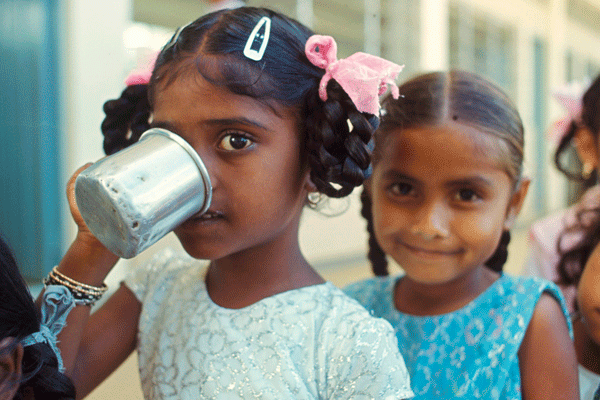World milk production (81% cow’s milk, 15% buffalo milk, and 4% combined goat, sheep, and camel milk) grew 1.3% in 2019 to around 852 million tons, according to the Food and Agriculture Organization of the United Nations (FAO).
Globally, per capita consumption of milk and dairy products is higher in developed countries, but the gap with many developing countries is shrinking.
Demand for milk and dairy products in developing countries is growing as a result of rising incomes, population growth, urbanization, and changes in food regimes.
According to the FAO, in India, the largest milk producer in the world, production advanced 4.2% to 192 million tons, although this had little impact on the world market for dairy products, since India only markets marginal quantities of milk and dairy products.
World milk production
Milk production from the top three dairy exporters, New Zealand, the European Union and the United States, climbed only slightly.
As domestic consumption of dairy products in these three countries is stable, the availability of fresh dairy products1 and processed products for export increased.
In China, the world’s largest importer of dairy products, milk production increased 3.6% in 2019. Its imports of dairy products, especially whole milk powder (WMP) and skim milk powder (SMP) , for its acronym in English). However, it increased in 2019 due to increasing demand.
International dairy prices refer to dairy products other than raw milk, which is practically unmarketed. Butter is the reference for milk fat and SMP for other milk solids.
The fat in milk and other milk solids together account for about 13% of the weight of milk, and the rest is water. Although the world price of butter continued to decline compared to its record price levels in 2017, it remained high in real terms.

